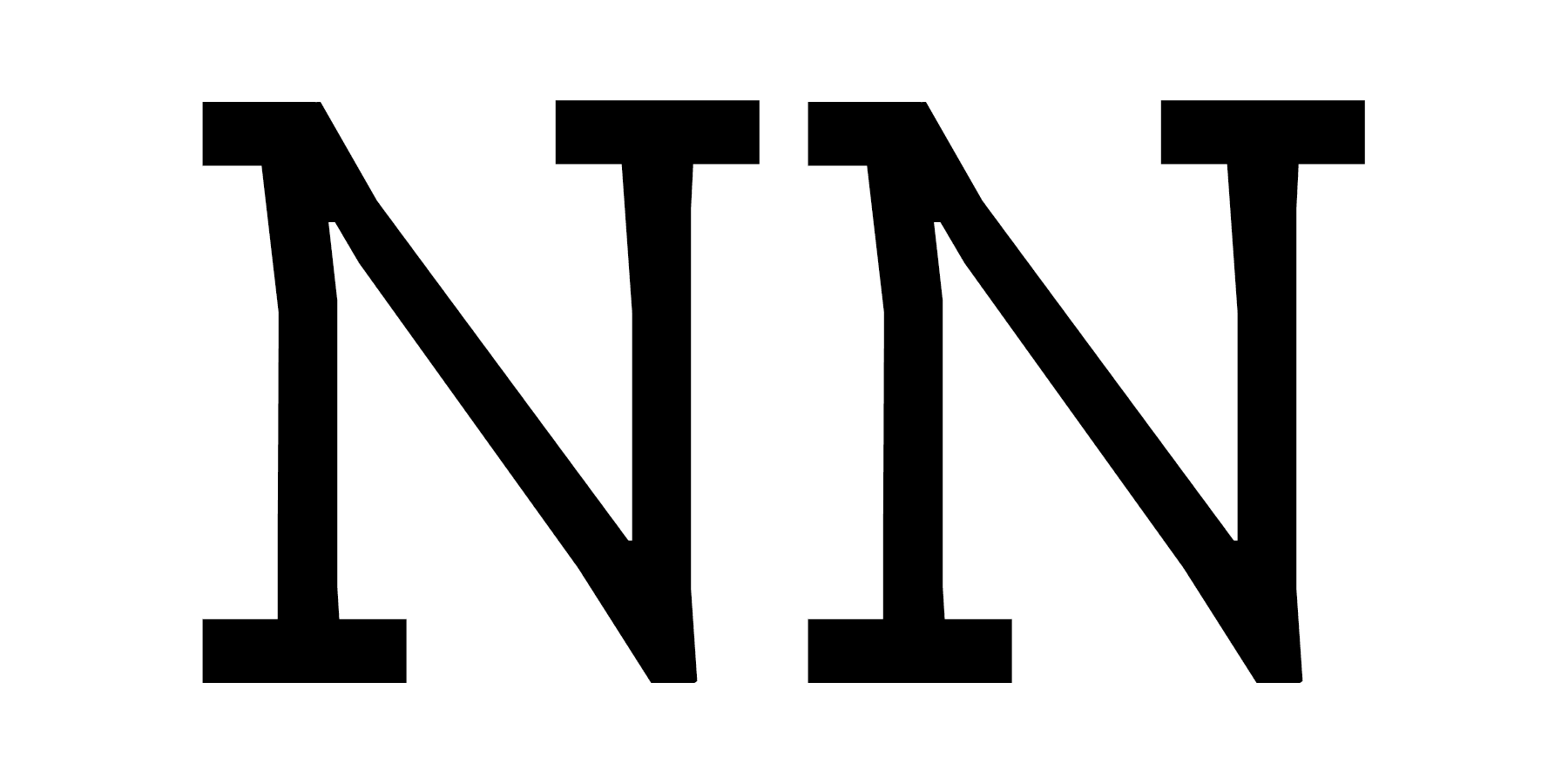The Strategic Typography Checklist to Boost Brand Impact and Conversions
Before your audience reads a single word, they’ve already formed an impression. Not from your message—but from your typography.
That’s the power of font psychology: how the shape of letters influences what we believe, feel, and do. Fonts don’t just display your message—they embody it. They can whisper elegance, shout urgency, or soothe like a handwritten note.
Let’s explore the emotional science behind fonts—and how to use it strategically to build trust, communicate clearly, and convert with confidence.
Why Font Psychology Matters (More Than You Think)
We process visual information faster than we process words.
According to research from MIT, our brains recognize visual cues in just 13 milliseconds. That means your font has already spoken before your headline does.
The wrong typeface can signal confusion or inconsistency. The right one? It builds trust, emotion, and recognition—leading to better engagement and conversions.
Typography isn’t decoration. It’s strategy.
What Different Font Styles Make People Feel
(With Font Matches from Resistenza)
Serif Fonts
Elegant, structured, and intellectual. They evoke tradition, trust, and timelessness.
- Use if your brand is: classic, luxurious, editorial, institutional
- Avoid if your brand is: ultra-modern, casual, techy
Resistenza fonts to try:
- Sidera — A sharp, high-contrast serif that radiates elegance and precision, ideal for premium brands.
- Norman — Sophisticated and stately, Norman is a refined serif with classical flair—great for packaging, books, or cultural institutions.
Sans-Serif Fonts
Clean, modern, and neutral. They convey honesty, efficiency, and minimalism.
- Use if your brand is: digital-first, wellness-oriented, modern
- Avoid if your brand is: historic, ornate, or formal
Resistenza fonts to try:
Slab Serif Fonts
Strong, bold, and confident. They suggest authority, masculinity, and structure.
- Use if your brand is: sporty, industrial, bold
- Avoid if your brand is: soft, delicate, feminine
Resistenza font to try:
Script & Handwritten Fonts
Personal, emotional, and expressive. They add warmth, friendliness, and individuality.
- Use if your brand is: artisanal, beauty, personal service
- Avoid if your brand is: legal, scientific, formal
Resistenza fonts to try:
Monospaced Fonts
Equal-width letters create a methodical, technical feel. They evoke precision and coding culture.
- Use if your brand is: developer-centric, scientific, logical
- Avoid if your brand is: emotional, lifestyle-driven, casual
Resistenza font to try:
Display & Decorative Fonts
Unique and memorable. They’re designed to stand out, not blend in.
- Use if your brand is: fashion-forward, youthful, experimental
- Avoid if your brand is: formal, minimalist, traditional
Resistenza fonts to try:
Why Fonts Feel the Way They Do
- Visual Association: Serif fonts evoke books and history. Handwritten scripts remind us of letters and crafts. These connections happen instantly—and subconsciously.
- Shape & Form Psychology: Curves → Friendly, casual, organic. Sharp angles → Bold, aggressive, decisive. Thin strokes → Elegant, fragile, luxurious. Heavy weights → Strong, assertive, bold.
- Cognitive Load: Clarity matters. Highly decorative or overly stylized fonts are harder to read, especially at small sizes. Body copy should always prioritize legibility and comfort.
The Strategic Typography Checklist
- Start With Emotion: What should your audience feel? Calm, excitement, trust? Choose fonts that express that emotional tone.
- Match Your Industry & Positioning: A serious law firm and a playful lifestyle brand need very different typefaces.
- Create Contrast Without Confusion: Pair fonts with complementary voices. Don’t let your headings shout while your body whispers.
- Test Perception Early: Share your typography mockups. Ask real users how it feels. Does it match your intent?
Tips for UI & Web Typography
- Add letter spacing for small text or all-caps to improve clarity.
- Use generous line height for paragraphs.
- Design in grayscale first: typography should convey tone even without color.
- Use all-caps sparingly—they can feel urgent, or even aggressive.
Typography is Brand Psychology
Fonts are silent storytellers. They communicate mood, credibility, and emotion—before a single word is read.
When your font aligns with your brand’s values and message, you’re not just looking good—you’re building trust, connection, and conversion.
